The second wave of old D&D Mystara products, published by Dengeki Game Bunko from 1994-1997, included five main parts: the Rules Cyclopedia, divided into three separate volumes; modules B10, B11, and B12, presented as a connected set of three volumes; the Penhaligon novels, divided into five volumes; a “replay” campaign report series, also divided into five volumes; and finally the Son of Dawn novel, in two volumes.
The reason for everything coming in multiple volumes is simple: “bunko” books are generally printed in standard Japanese novel size, which is rather small — 105 mm × 148 mm (4.1 in × 5.8 in) according to Wikipedia. This diminutive format is what caused all of the Letter-sized TSR releases to be split up. Another factor is that English translated into Japanese tends to take up significantly more space, which is why even the novels needed to be divided up.
The Art of B10-B12 — Japanese style
This article’s topic is the modules, which were presented as a connected run starting with B11 King’s Festival, proceeding to B12 Queen’s Harvest, then ending with B10 Night’s Dark Terror. As with the last article, the modules’ content is largely the same as the English releases, so my focus here is on the art.
Look closely and you will notice that the books open from left to right, as Japanese novels usually do. The dust jackets portray the contents of the adventures rather nicely, don’t you think? In fact, the order of the books in this image is also from right to left — note the numbers 1, 2 and 3 in the titles.
Please leave a comment below if you can work out the specific scenes pictured on these covers.
Guides
Now let’s get dug in and take a look at the interior art. Note that I’ll be mixing the contents of all three books for the rest of this article.
The left-hand panel introduces the “world guides” for the modules. Top row, right to left (Japanese style): Randel (Fighter), Telna (Cleric), Julianus (Magic-User). Bottom row right to left: Nora (Halfling), Lyric (Thief), Lightbreeze (Elf).
In the middle illustration, a judge (bottom left) is declaring someone “Innocent!” and this is apparently the reaction.
The third picture shows Telna the Cleric hard at study.
Character Background Translations
- Randel is a 16 year old Traladaran fighter, the third son of a poor farmer. He has been adventuring since his Shearing Ceremony. A typical Traladaran, he is bright and easygoing. he acts as the party leader.
- Telna is a mixed Traladaran/Thyatian, who fell into poverty when she lost her family. The unhappy girl was saved by her faith, which led her to become a cleric in the Church of Traladara.
- Julianus Septemius, like Telna, is a mixed Karameikan. But unlike her, he comes from a rich household, making him an unworldly and spoilt magic-user.
- Nora the halfling is even more laid back than Randel. She hails from the Five Shires. Her skills at archery are top notch, but her insatiable curiosity can be a little grating. She calls Lyric the thief “Big Sis”.
- Lyric is a thief who calls herself Lyric the Mimic. She is a Traladaran refugee from the oppressive Black Eagle Barony. She is good friends with Nora the halfling.
- Lightbreeze is an elf. He got bored with the stifling, closed society of Alfheim and left his homeland for human society. “Lightbreeze” is the translation of his true elven name. He is a great friend of Randel the fighter.
I haven’t read most of the books yet, so I’m not entirely sure, but it sounds like these could be pre-generated PCs.
Maps
Next, let’s take a look at the maps included in the books. The geographic maps included Karameikos in three different scales: the equivalent of a 24 mile per hex Known World map, an overview map zooming in a little closer on Karameikos, and a detailed close-up map spread across two pages. This last one seems roughly equivalent to the Gazetteer’s 8 mile per hex map. None of the maps had hexes; instead they used hand-drawn terrain icons.
Here are the dungeon maps, marked up with numbers as well as some comments.
Portraits and Stat Blocks
The books include character portraits for many of Karameikos’ most famous (and indeed infamous!) NPCs.
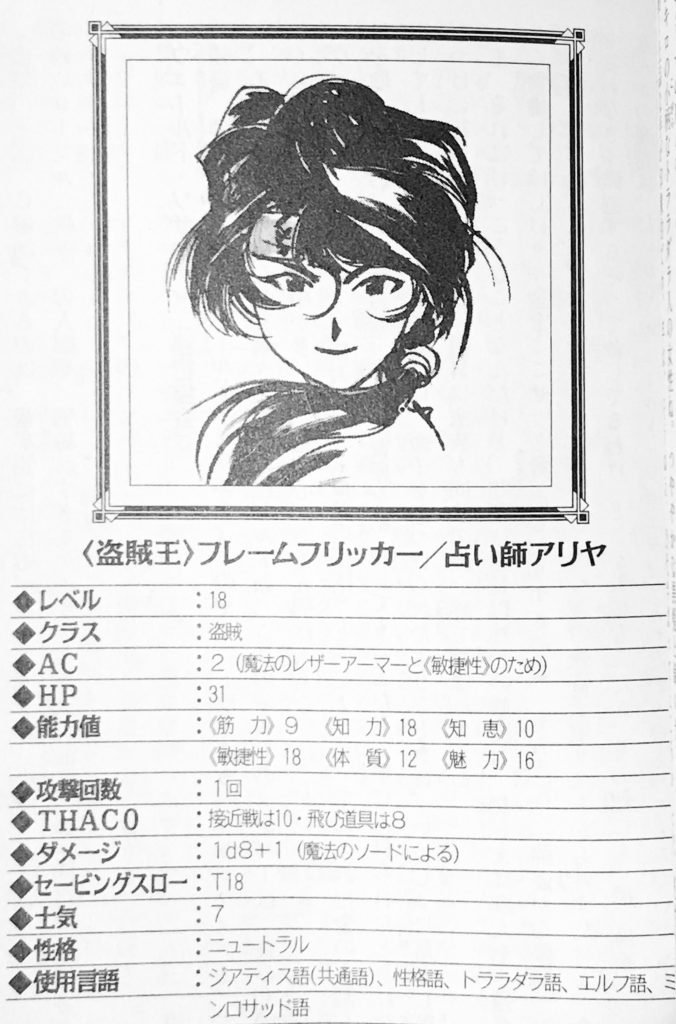
Flameflicker, King of Thieves 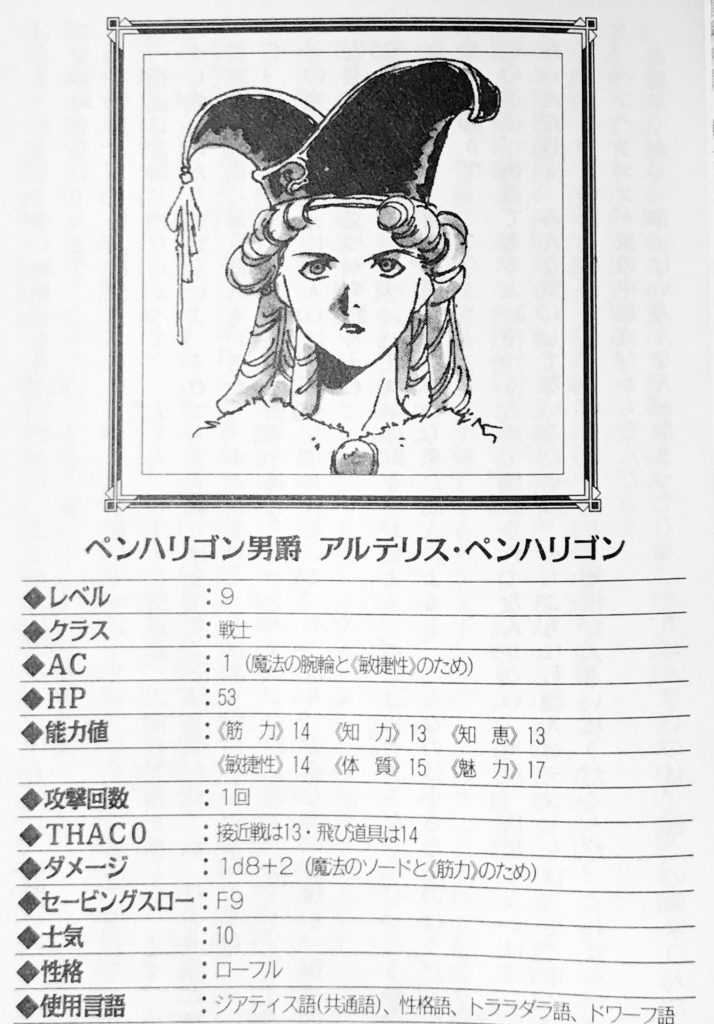
Lady Arteris Penhaligon 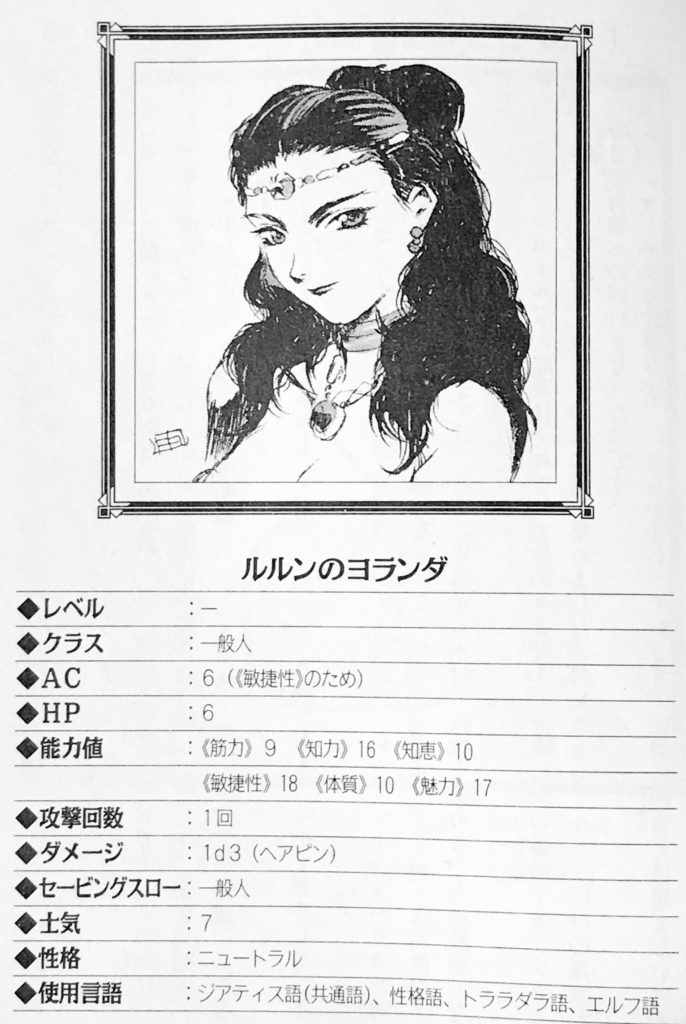
Yolanda of Luln 
Anton Radu 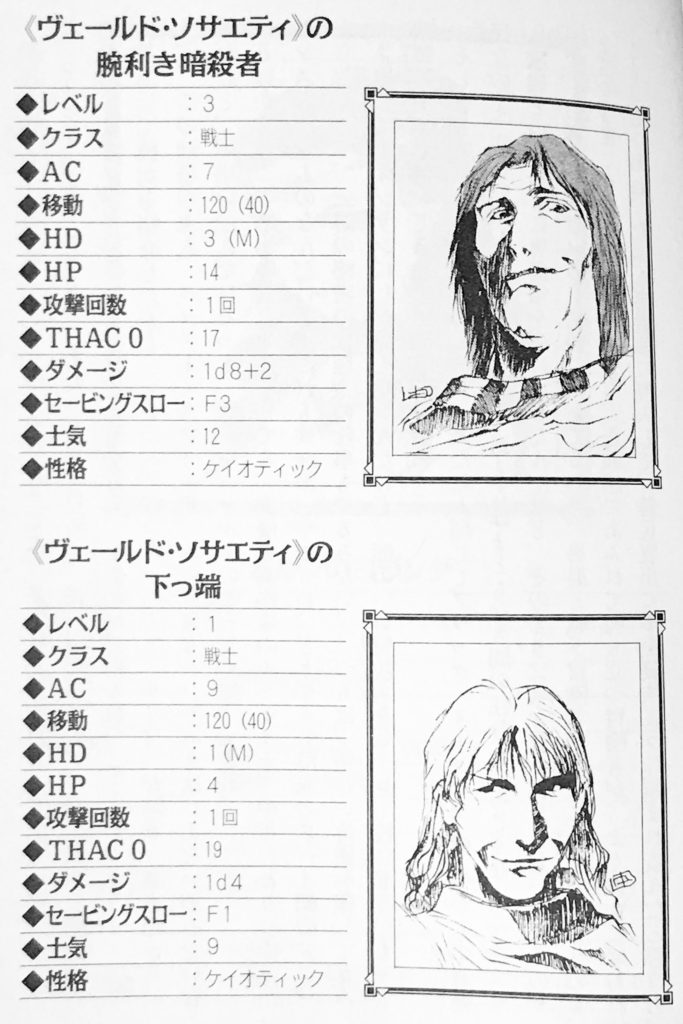
Veiled Society Assassin and Thug 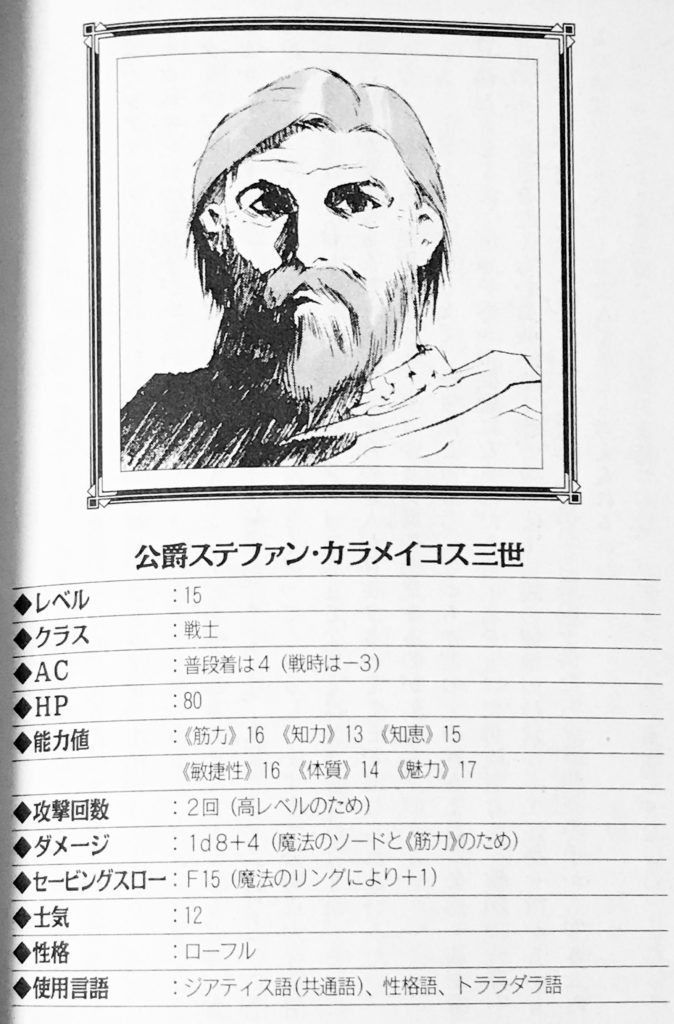
Duke Stefan Karameikos III 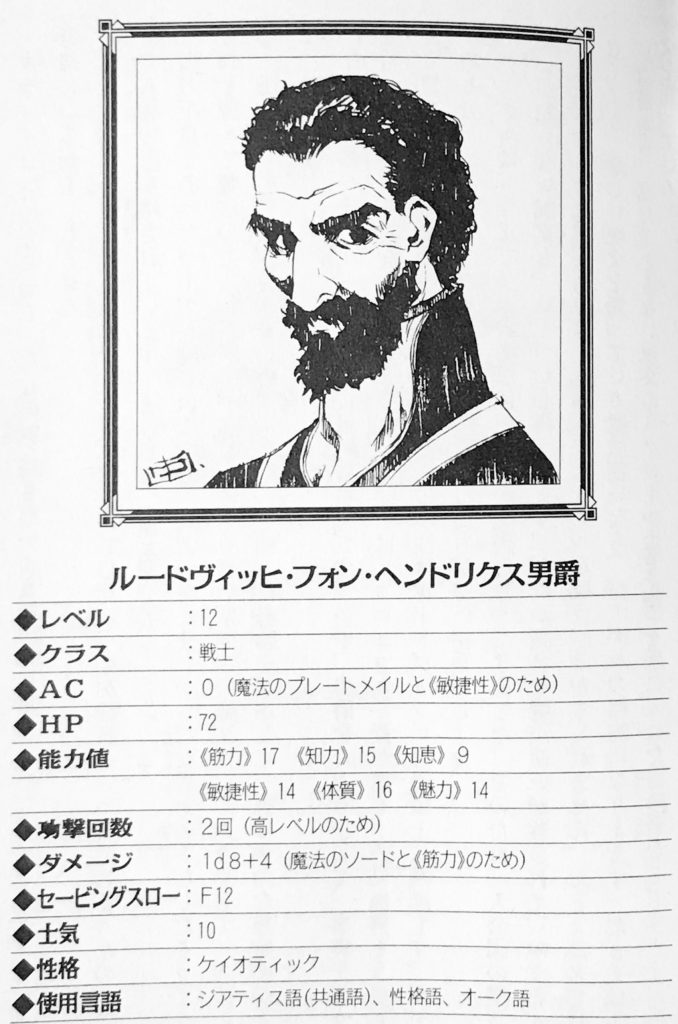
Baron Ludwig von Hendriks 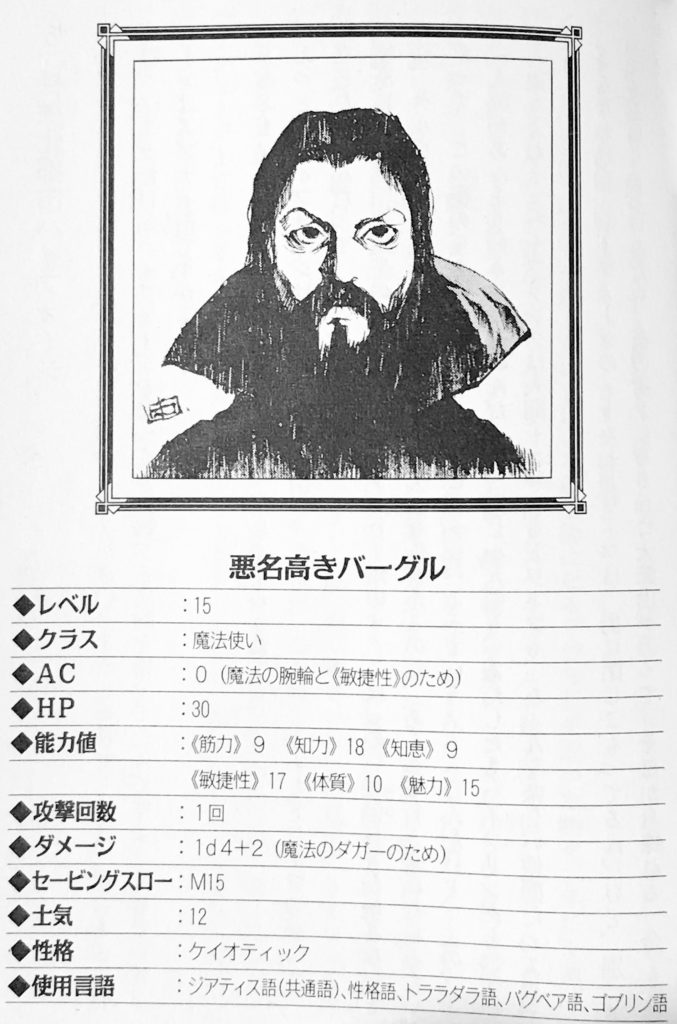
Bargle the Infamous 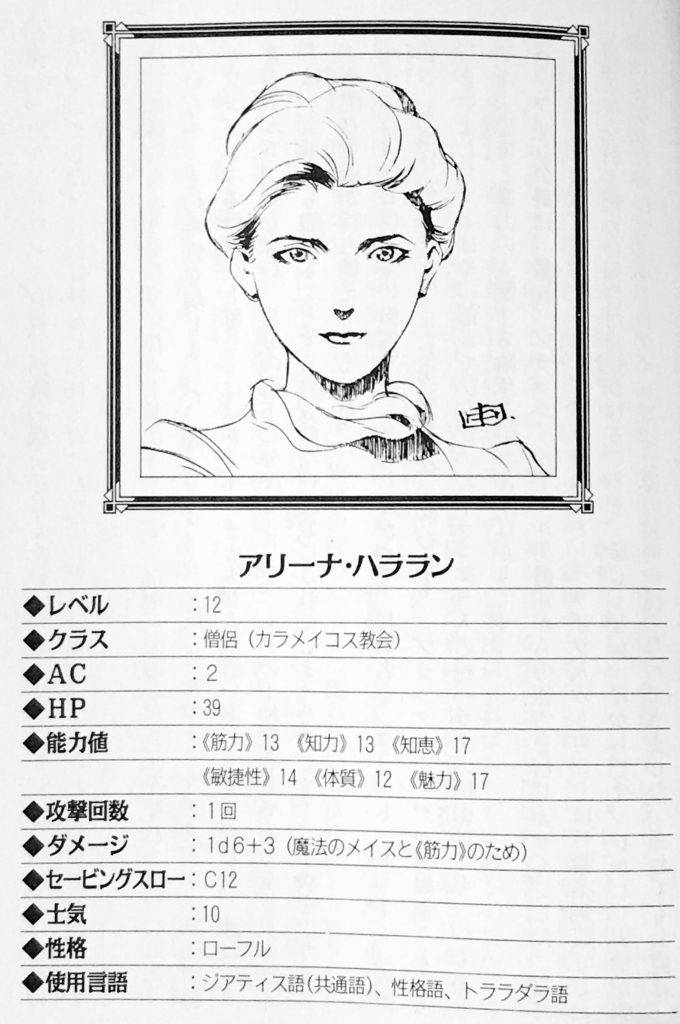
Aleena Halaran
Interior Illustrations
Here’s a gallery of the other art included in the modules. Can you work out what scene and which module they’re from? If so, please leave a comment below and I will update the article with the information.
Finally, these two images appear to show art from an in-world perspective.

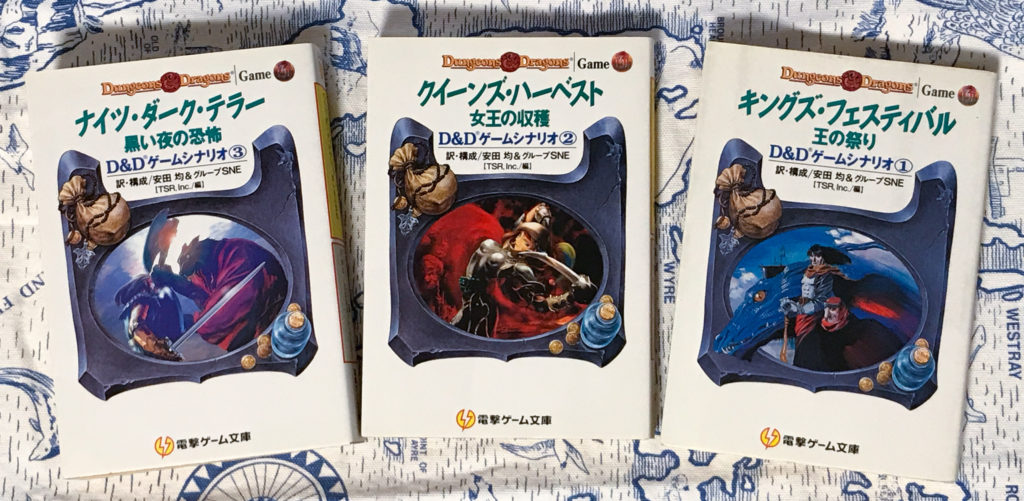

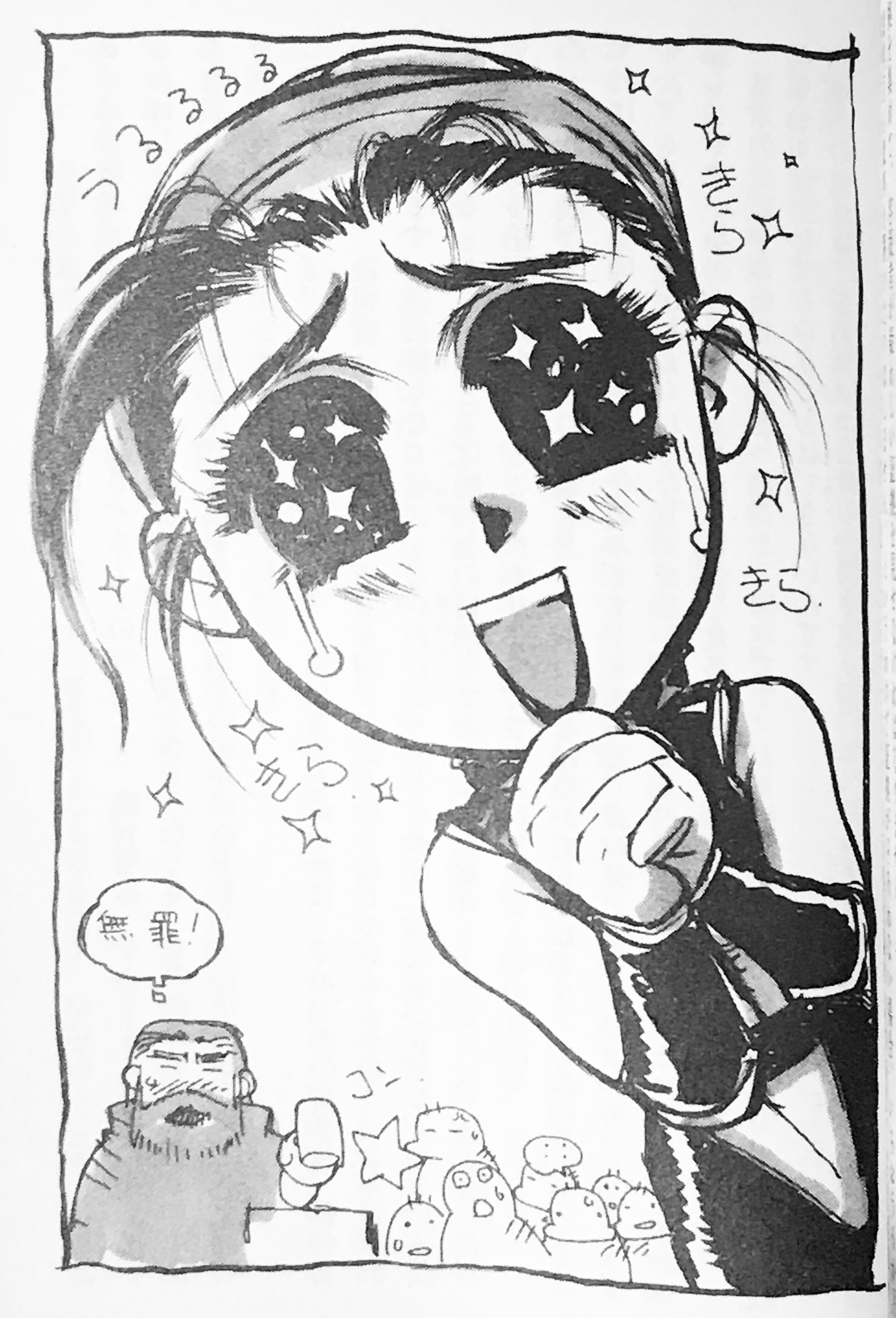
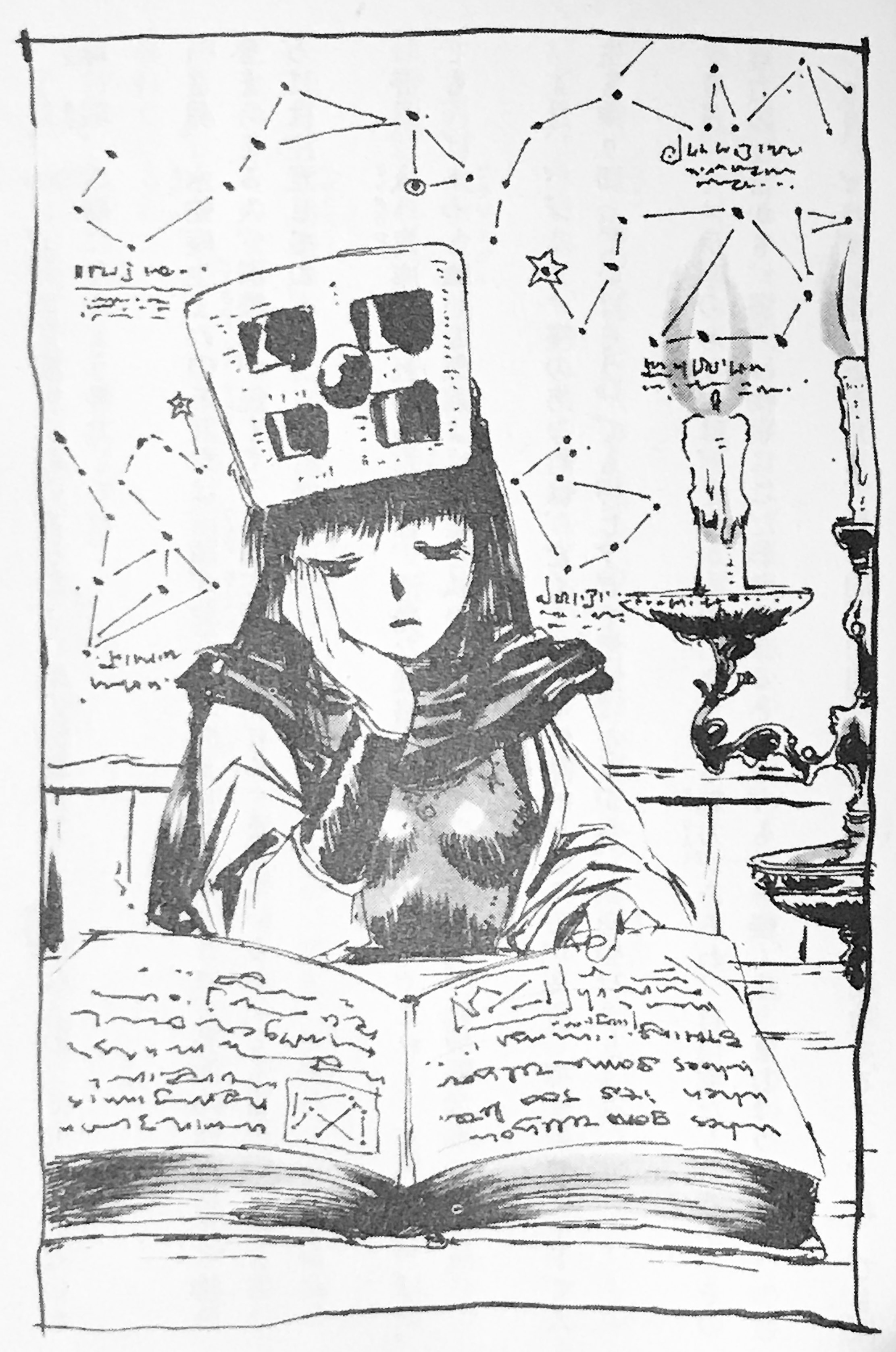
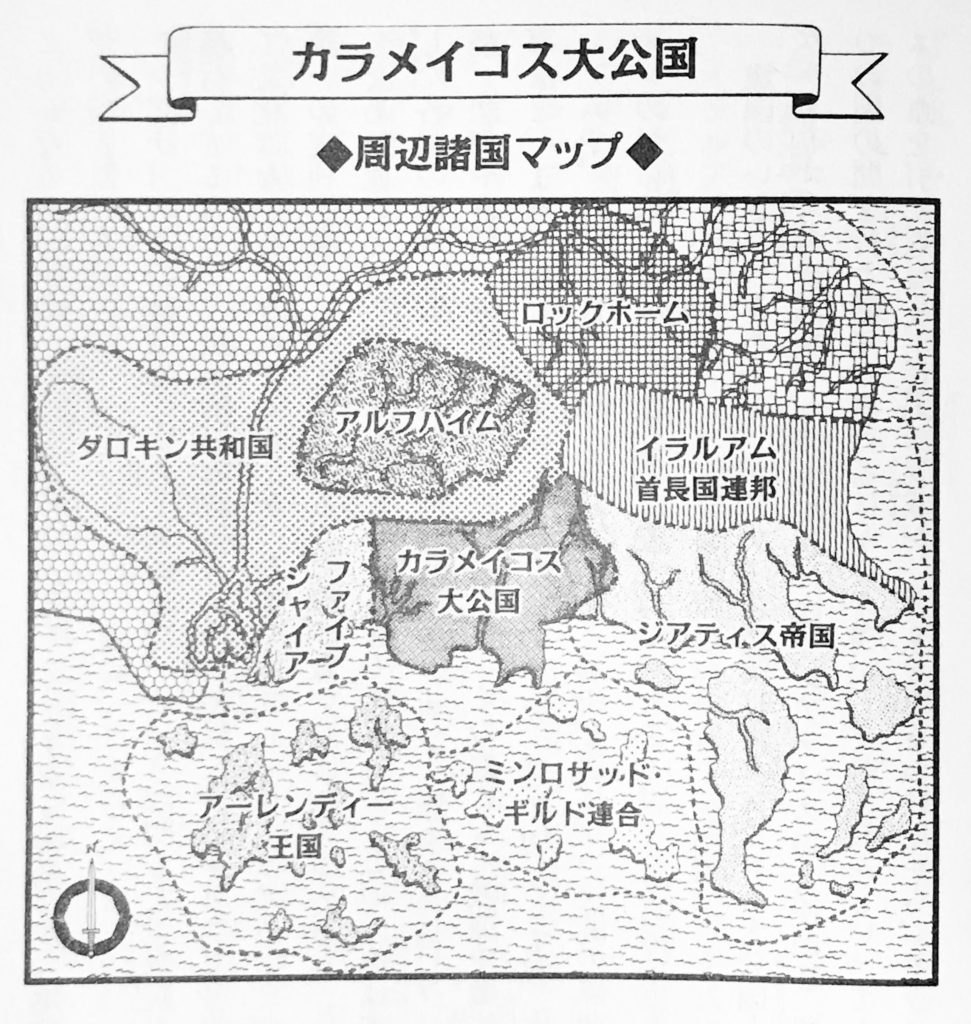
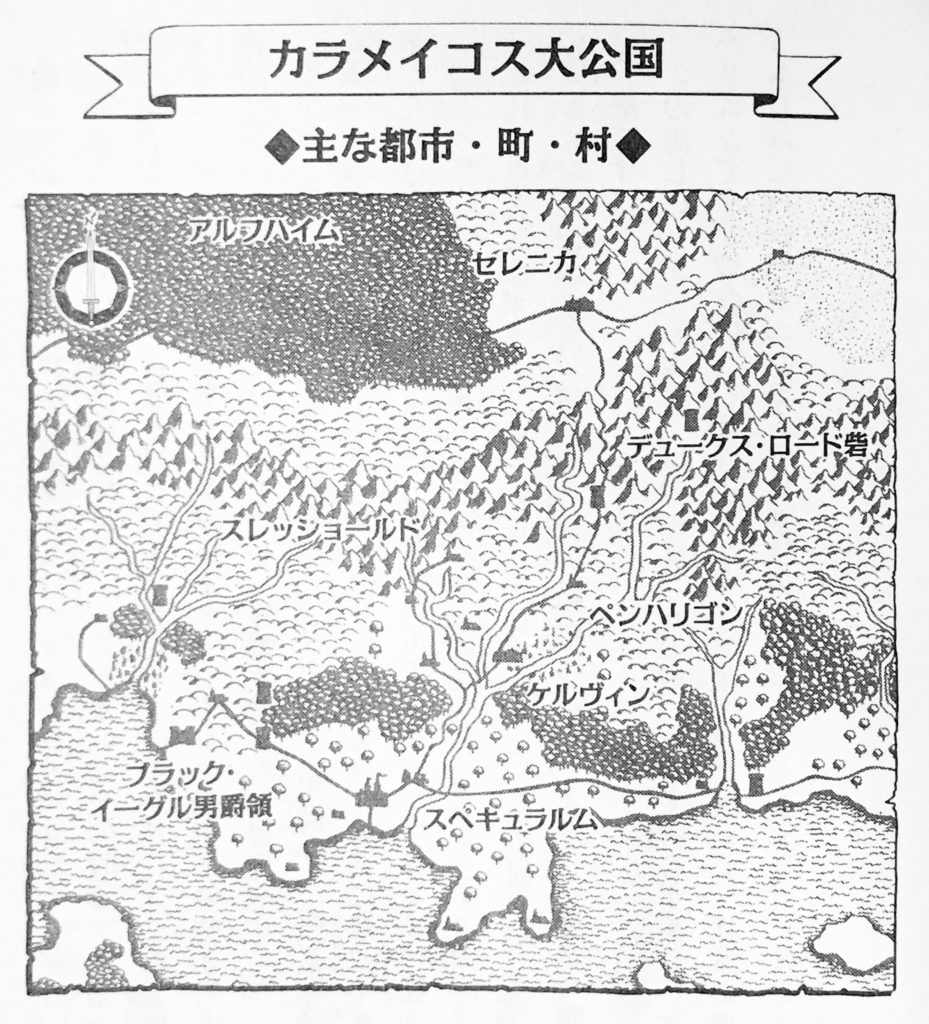
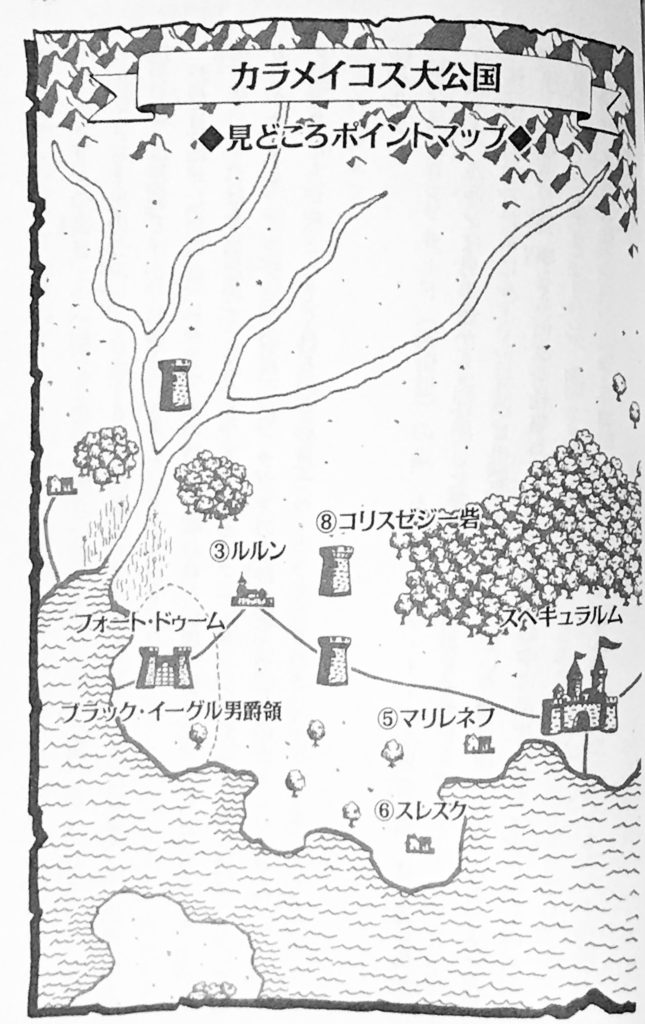
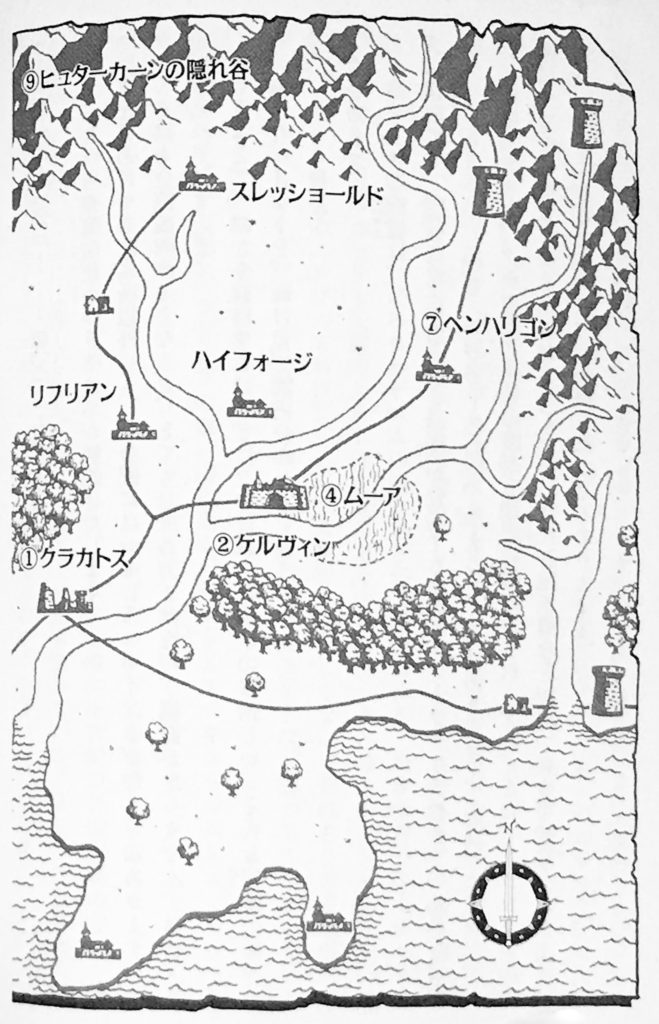
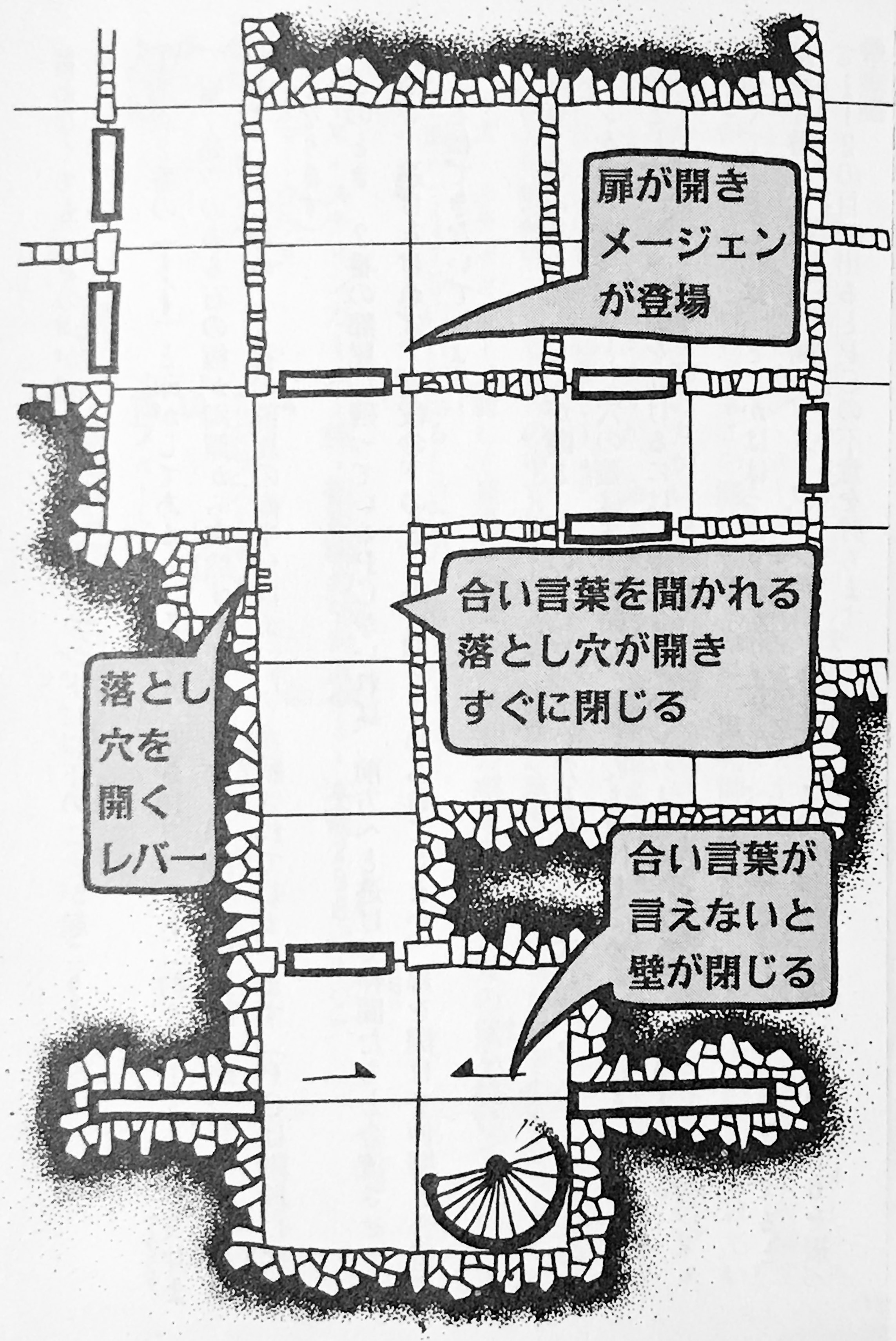
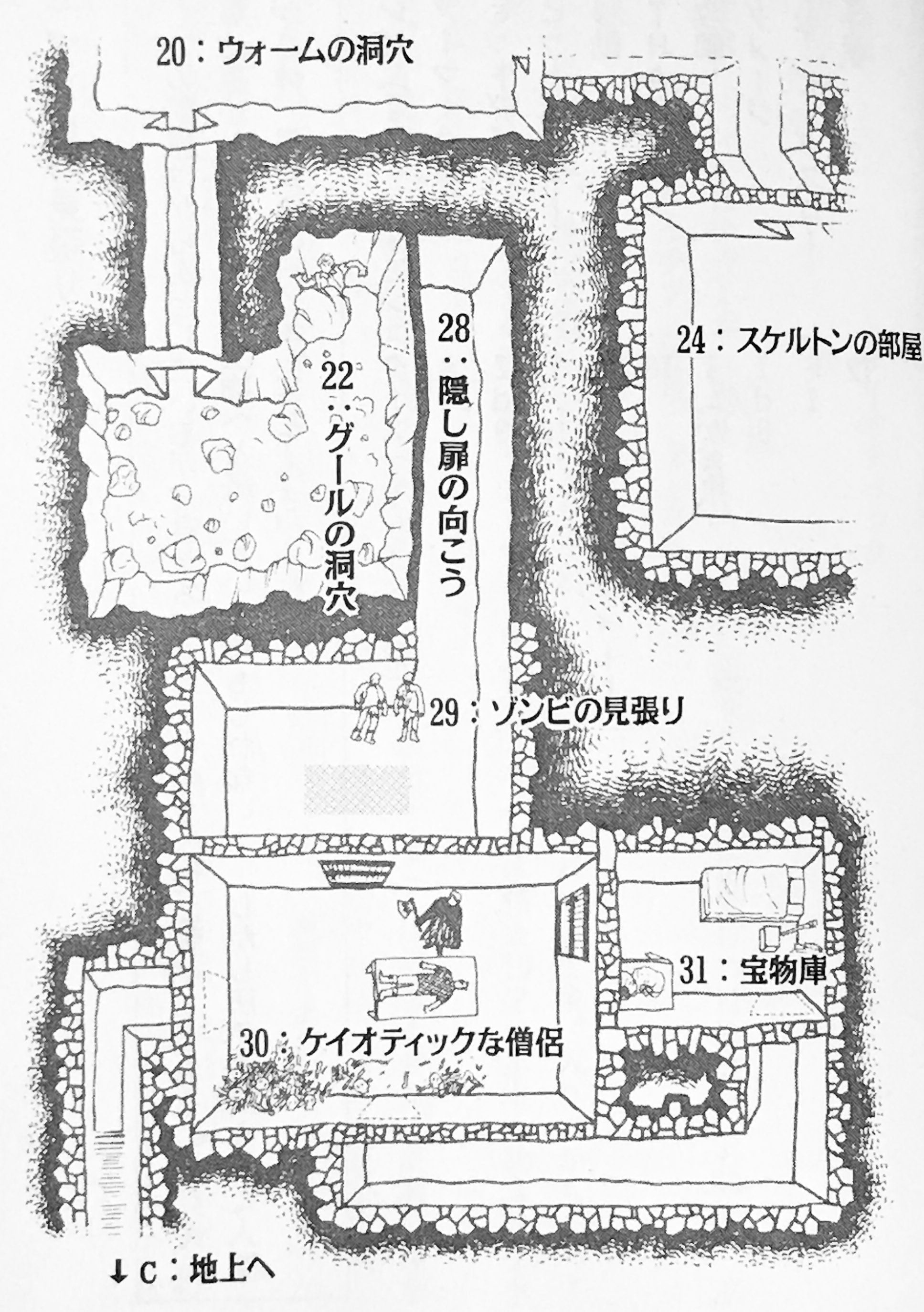
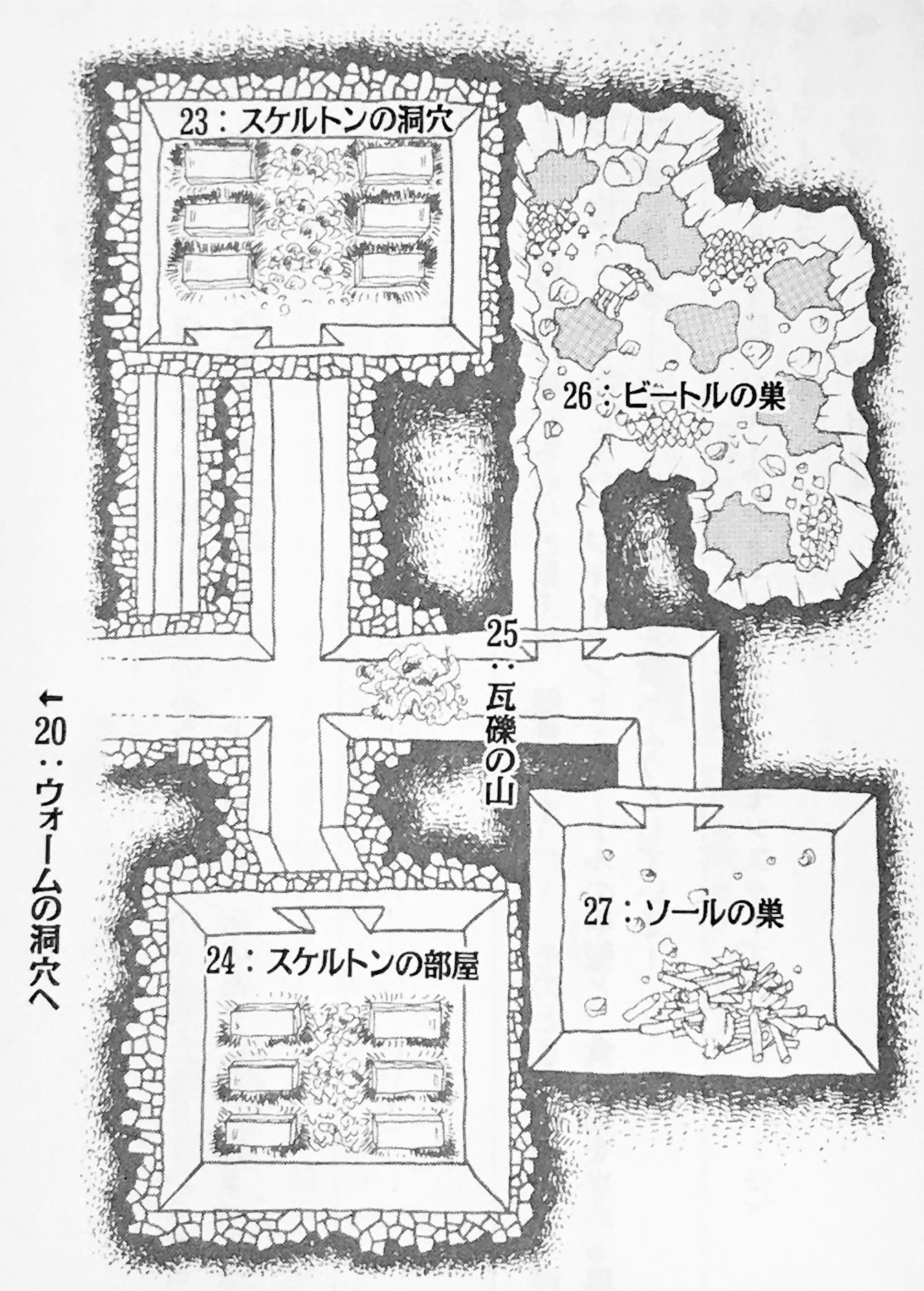
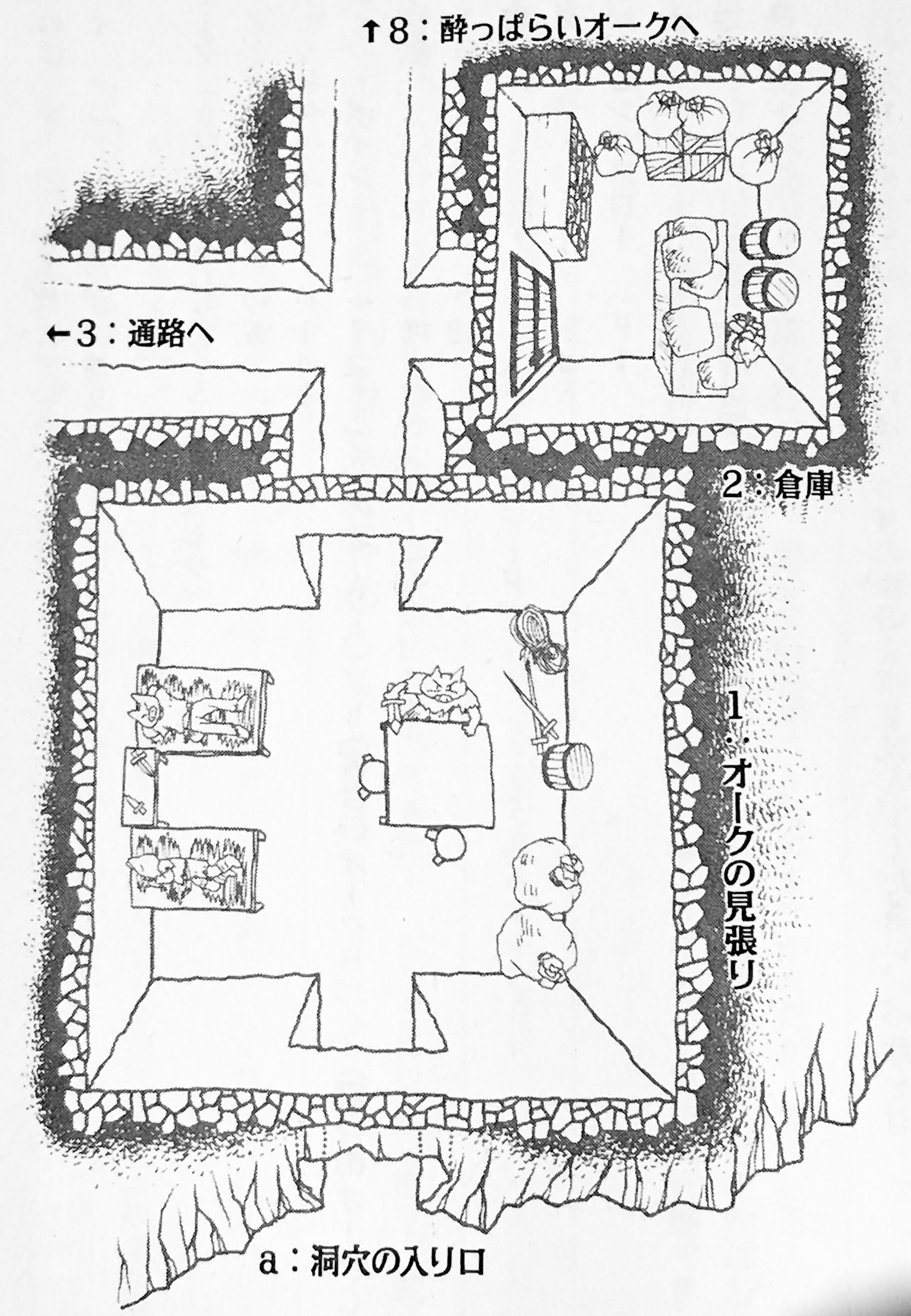











24 December 2020 @ 7:35 pm
The book covers: right – no idea, no blue dragon in the module. middle – Ilyana Penhaligon, left – a version of the fight of Halav against the beast-man king, as shown in the K:KoA box?
Scenes- top left: the weretigress appearing in B12, I´d think. second: maybe Golthar from B10; third: could be Ilyana.
Middle Row, left and right: tavern scenes, most probably B10 in Threshold. Middle: a religious procession, pictured in the GAZ as well, IIRC, or in K:KoA, with the heroes standing in front of it (going with B11, maybe?)
bottom: left: could be in Ilyanas keep B12, right: could be in the dungeon of B11.
In-World: left: humans being oppressed by beast-man, right: Halav fights against the beast-man king, as above